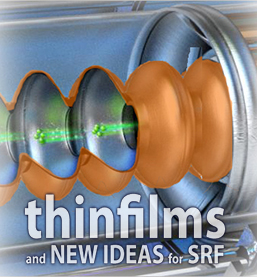Speaker
Description
Nowadays, the most used superconducting cavities are generally made of bulk Niobium. The high quality of today’s processes uses an accelerating gradient very close to Niobium limit. New materials such as Nb3Sn, NbN and MgB2 that have higher critical temperature and magnetic field must be investigated to improve acceleration capabilities. As these materials could only be used as thin films, the tuning and optimization of the deposition processes require to be performed on small and flat samples. In that sense, it is necessary to perform RF tests, specifically measurement of surface resistance on flat samples. These tests have to be realized with high resolution measurements of surface resistance in a large range of magnetic field and operating temperature. In order to realize these measurements, a quadrupole resonator has carried out at CERN and HZB. These QPR are suffer from the Lorentz force detuning in their operating, more precisely, overlapping of the modes. In this paper, optimization of the QPR geometry is made to avoid these problems are discussed.

